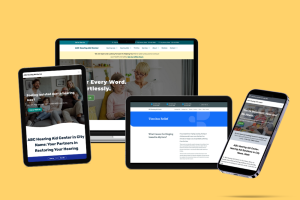Your Website’s All Wrong – And You Have the Data to Prove It

I like fantasies as much as the next person, but when I walk into a house I think it should be real. You know, it should actually have walls and such. That’s not what I found when I arrived at a recently renovated AirBnB bungalow. I had spent hours looking through listings to find the perfect place. The lodging looked quaint, and it even had its own garage for secure parking, which was a real selling point for the location. Instead, what I found when I arrived reminds me a lot of what’s wrong with most medical website designs. As I pulled up, everything looked just as it should: the building matched the photos and the garage looked normal…from the outside. Here’s what it looked like when I drove my rental car into the garage.
 …
…

Read more


